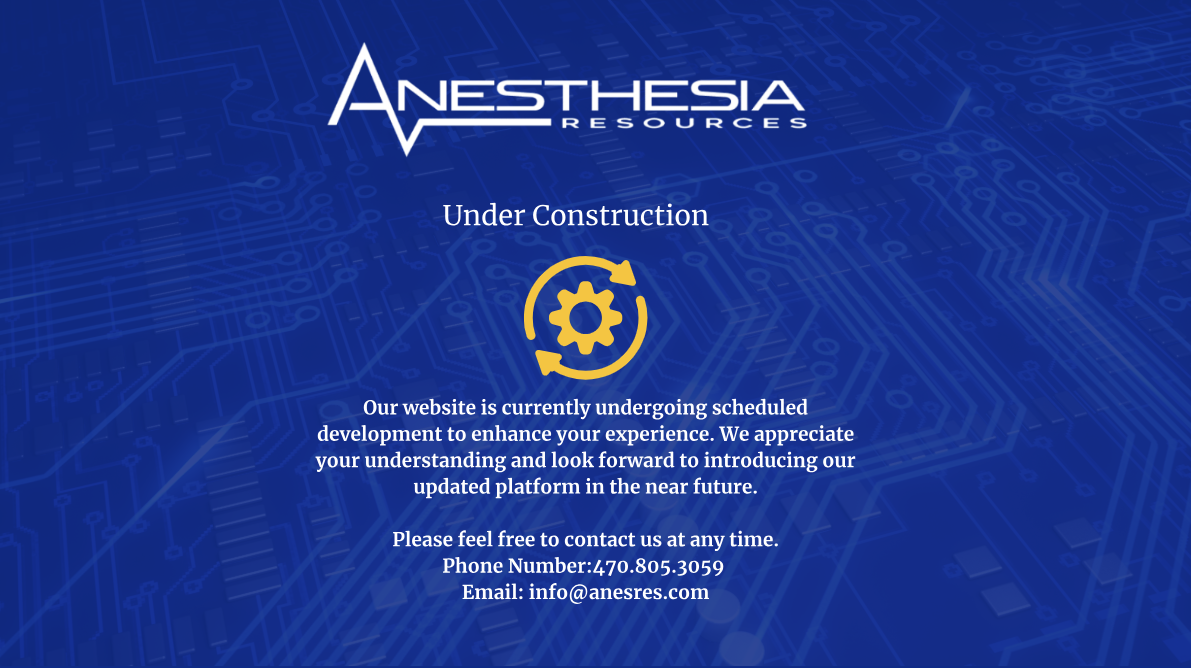Anesthesia Practices Weigh Options for a Pain Center
 Opening a pain management facility can generate additional income for your anesthesiology practice, but it can demand a lot of time and overhead. When deciding whether to venture into pain management, look beyond potential revenue. Instead, view it in the context of risk, time required to get it up and running, and the myriad regulations governing what you can do. Listed below is a process for evaluating the many issues related to opening a pain management facility.
Opening a pain management facility can generate additional income for your anesthesiology practice, but it can demand a lot of time and overhead. When deciding whether to venture into pain management, look beyond potential revenue. Instead, view it in the context of risk, time required to get it up and running, and the myriad regulations governing what you can do. Listed below is a process for evaluating the many issues related to opening a pain management facility.
A Process for Success:
- Determine whether you want an office-based or ambulatory surgery center (ASC)-based facility. Each has benefits and drawbacks.
- Check your state regulations. Many states have jurisdiction over what procedures office-based facilities can perform. The facilities may need to meet state licensing, registration and/or accreditation requirements to perform certain kinds of procedures or those demanding certain levels of anesthesia.
- Consult with commercial payers in your area to arrive at their requirements for a physician(s) to receive certification to function as pain specialists in the office-based settings.
- Determine the provisions for state licensure and the Medicare conditions of participation for ASC certification.
- Assess the catchment area for competition.
- Understand the Certificate-of-need requirements (and possible exemptions in certain situations), as well as other state requirements.
- Evaluate the return on investment of your pain center in multiple locations (office based, ASC and hospital).
- Create a detailed business plan that outlines the projected revenues by procedure type, volumes anticipated and payer mix.
- Create a marketing plan with referral sources and projected referral patterns by specialty.
- Create your staffing model based on anticipated procedure volumes and staff mix.
- Create an operating cost budget to compare against the revenue assumptions to determine the break-even period.
- Determine the pain management and regional anesthesia capabilities of each physician partner and determine the training needs to implement your pain service.
- Draft a communication plan to cast a common vision for the anesthesia partners so that everyone is on the same page and understands the benefits for expanding into the pain management arena.
- Implement your plan and monitor the progress.
- Celebrate your successes.
Just as with any new business venture, the better the research, business plan and implementation, the better chance of success. To successfully launch your new pain management facility, keep it simple and realistic. The payoff can be big, but only if you do it correctly.
Medicare Proposes Ending Payment for Consultation Codes
 The Proposed 2010 Medicare Physicians Fee Schedule Rule released by CMS last week included a bombshell hidden in amongst the 1128 pages: a proposal to discontinue reimbursement for the E/M consultation codes (CPT 99241-99255). These codes have been problematic for both physicians and insurers due to confusing and sometimes conflicting rules governing their appropriate usage. Over the years, Medicare has made numerous clarifications and code description changes to resolve the confusion. Now Medicare has decided to do away with the use of these codes altogether. Since consultation codes are reimbursed at significantly higher rates than regular office visit codes, CMS has proposed to increase rates for the remaining covered E/M codes to not penalize doctors while maintaining budget neutrality in their payments. If this proposal is implemented in November, it will become important that all physicians review their charges for E/M services (for both Medicare and commercial carriers) to ensure they are not undercharging Medicare for these visits and are in coding compliance if commercial insurers continue to pay for the consultation codes.
The Proposed 2010 Medicare Physicians Fee Schedule Rule released by CMS last week included a bombshell hidden in amongst the 1128 pages: a proposal to discontinue reimbursement for the E/M consultation codes (CPT 99241-99255). These codes have been problematic for both physicians and insurers due to confusing and sometimes conflicting rules governing their appropriate usage. Over the years, Medicare has made numerous clarifications and code description changes to resolve the confusion. Now Medicare has decided to do away with the use of these codes altogether. Since consultation codes are reimbursed at significantly higher rates than regular office visit codes, CMS has proposed to increase rates for the remaining covered E/M codes to not penalize doctors while maintaining budget neutrality in their payments. If this proposal is implemented in November, it will become important that all physicians review their charges for E/M services (for both Medicare and commercial carriers) to ensure they are not undercharging Medicare for these visits and are in coding compliance if commercial insurers continue to pay for the consultation codes.


